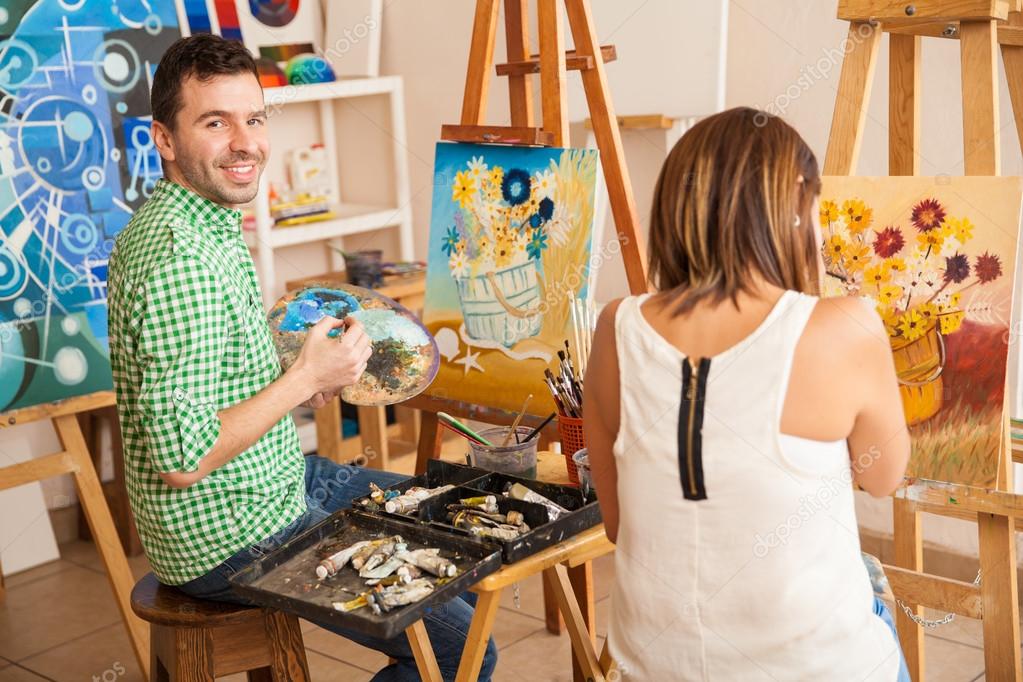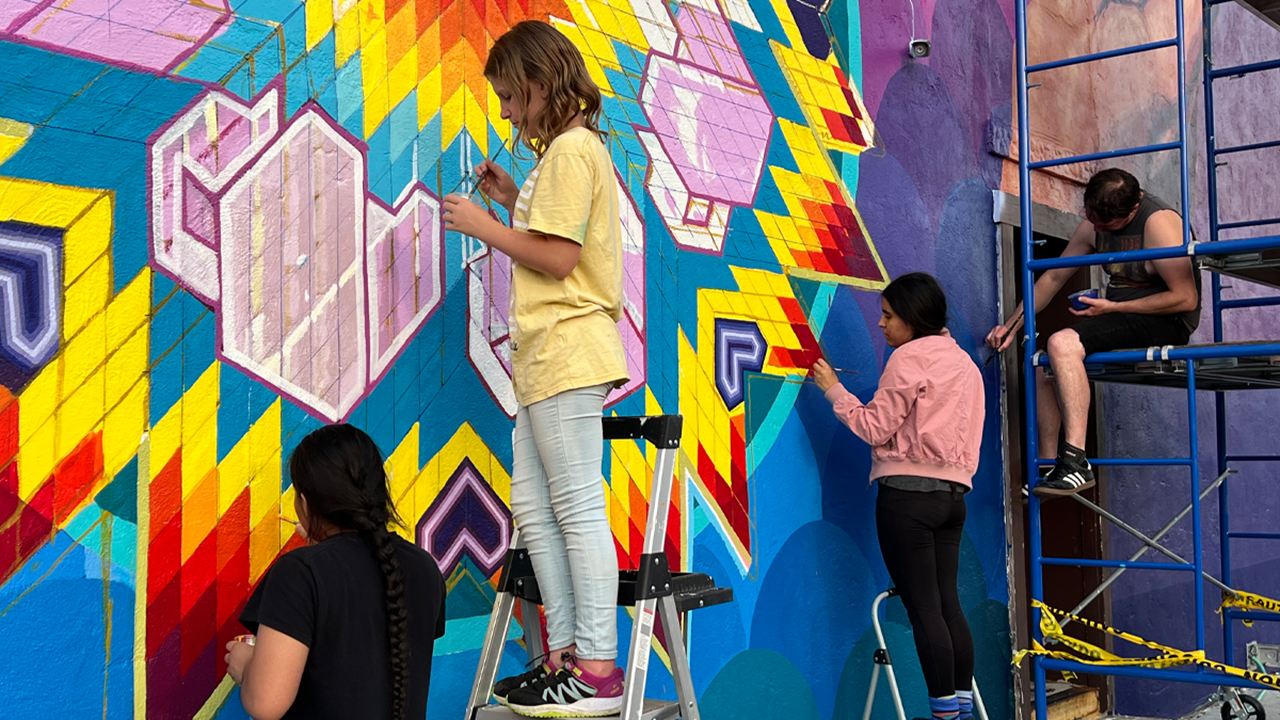Realism in Photo-Based Art: The Artistry and Techniques Unveiled
As a professional photographer, the convergence of photography and painting has likely captured your attention as an exciting, albeit challenging, art form. The pursuit of realism in photo-based art engages artists and photographers in a profound synchronicity of skills and techniques that result in stunning visual masterpieces. In this article, we dive deeply into the nuances of this artistic expression and uncover how it bridges the realms of photography and traditional art.
The journey towards mastering realism in photo-based art begins with understanding the core essence of both mediums: the precision of photography combined with the expressive capabilities of painting. Through this journey, artists can create pieces that not only replicate the world in detail but also imbue these representations with a palpable sense of life.

The Intricacies of Realism
In the art world, realism is not just about replicating photographic accuracy; it's about capturing the emotional truth and subtleties that define the photographic source. Artists like Chuck Close have famously employed this technique to produce large-scale portraits that are both intensely detailed and profoundly impactful.
Realism in photo-based art requires an acute understanding of light, shadow, and perspectiveall critical components in photography and painting. Using these elements effectively can significantly transform a straightforward photograph into a compelling work of art that exudes depth and realism.
The Techniques Behind the Magic
Understanding Light and Shadow
Light and shadow are central to achieving realism in artwork. In both photography and painting, they construct form, suggest shape, and enhance surface texture. Photographers familiar with these elements can translate their knowledge into painting by emphasizing these aspects within their artworks to add dimension and life.
Mastering the Art of Brushwork
Brushwork in photo-based realism serves as the creative fingerprint of the artist. Techniques vary from fine, barely noticeable strokes to bold, expressive swipes, each adding a distinct visual element to the portrayed subject. Understanding how to manipulate brushes to achieve different textures and edges helps in producing lifelike representations.
For instance, the photo-based painting brush techniques exemplify the importance of mastering brushwork to create nuanced, realistic representations.
The Impact of Color Accuracy
Color accuracy connects the photograph and the painted image seamlessly. Artists strive for precision in color matching in order to preserve the integrity of the original photograph. This focus extends to creating depth through color gradation, helping anchor the elements of realism firmly into the visual narrative.
Bridging Mediums: Photography to Canvas
Many professional photographers are adept at experimenting with photo-to-canvas painting processes to explore beyond the confines of traditional photography. By transferring a photograph to a canvas, artists open up a realm of possibilities to adapt, modify, and even reinterpret the image, adding layers of artistic insight.
In this transition from photo to canvas, artists often have to employ different techniques to maintain the vibrancy and complexity that photography offers while embracing the texture and depth that painting introduces.
The Artistic Process: Steps from Concept to Creation
Conceptualizing Your Vision
It begins with a clear concept. Professional photographers used to focusing on composition and subject matter must now envision how these elements transform on canvas. Brainstorming and sketching give the opportunity to experiment with ideas and evaluate how best to convey mood and message.
Capturing Detailed References
When aiming to achieve realism, reference images should be highly detailed with excellent lighting. These act as guides, providing the minute details required for a believable painted representation. Engaging with such references helps artists keep the realism intact while adding their stylistic flair.
Layering and Texturizing
Layering with meticulous attention enhances realism, with each coat refining and adding new depths to the painting. As one progresses from blocking out forms to fine detailing, the image gradually transforms into a rich portrayal emblematic of both realism and individual artistic style.
Bringing Emotional Depth
Beyond technical skill, successful realism in photo-based art hinges on imbuing paintings with emotional depth. It's about capturing an emotion or a moment and conveying it so that viewers can connect emotionally with the piece. This emotional resonance distinguishes mere replication from true artistry.
Conclusion
The synthesis of photography and traditional painting culminates in the evocative art form of realism in photo-based art. By honing your skills in both detail-derived accuracy and expressive brushwork, you take not just your art, but also the very essence of photographic depiction to new heights. While maintaining fidelity to your photographic roots, every brush stroke, color choice, and textural enhancement contributes to a piece that echoes both visual authenticity and deep emotional resonance.
To further expand your skills in this domain, consider checking out this guide on painting from photographs which offers valuable insights and techniques.

FAQs
What makes realism in photo-based art unique?
Realism in photo-based art stands out due to its ability to intertwine photographic precision with emotional and creative expression, resulting in artworks that both mirror reality and convey deeper meanings.
What are the challenges faced when pursuing this art form?
The main challenges include achieving accurate color representation, managing the interplay of light and shadow, and blending photographic precision with artistic interpretation to maintain both clarity and emotion.
How can I begin experimenting with realism in my work?
Start by selecting a photograph you enjoy and attempt to translate it onto canvas, focusing on light, shadow, and fine details. As you grow more comfortable, experiment with different stylization techniques to develop a unique personal style.

